









Bridges made of high-strength steel corrosion-resistant steel or weather-resistant steel plates
Our company specializes in manufacturing high-performance steel bridges that combine engineering excellence with innovative design. Below is a detailed overview of our products, focusing on applications, production processes, and quality control, with emphasis on precision assembly, superior welding, advanced anti-corrosion, modular fabrication, and transportation efficiency.
Our steel bridges are engineered for diverse scenarios, including:
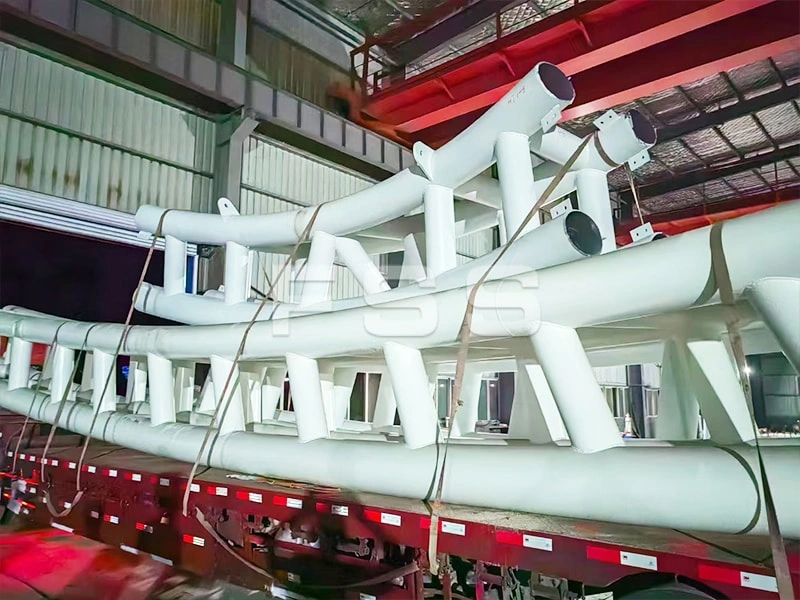
Designed to withstand heavy traffic loads and dynamic forces.
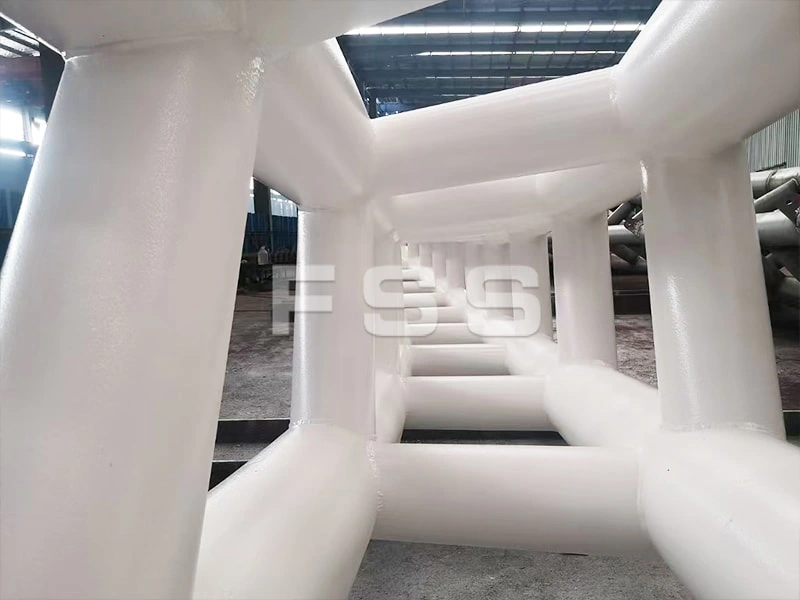
Aesthetic designs integrated with structural robustness.
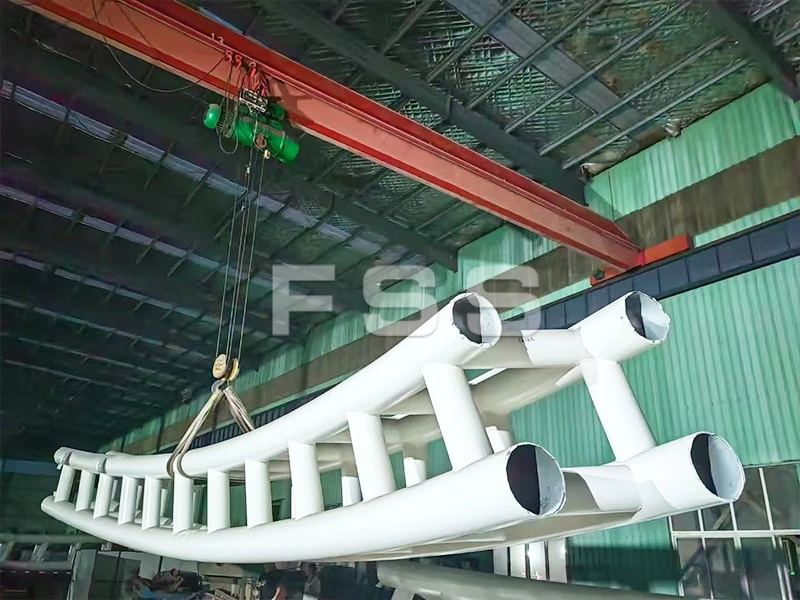
Rapid deployment for disaster relief or construction sites.
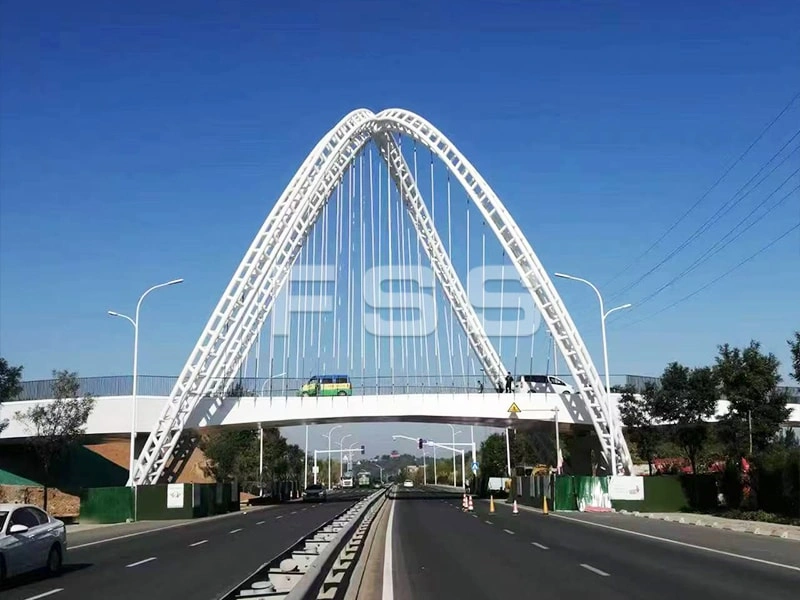
Tailored spans (up to 200m) and load capacities to meet specific project demands.
Key Advantages
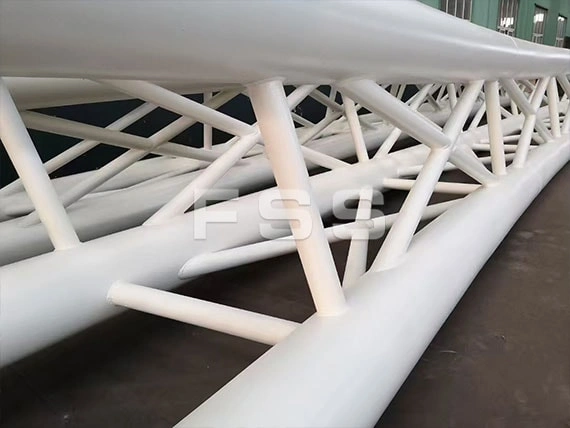
Segmented fabrication enables easy assembly on-site, reducing construction time by 30-40%.
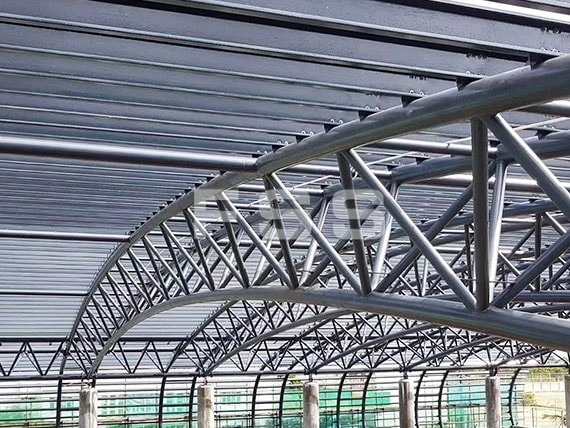
Compact sections (max 15m length) optimized for road/rail shipping, minimizing logistics costs.
Our manufacturing workflow ensures precision and durability:
| Step 1: Precision Cutting & Fabrication | CNC plasma/laser cutting for millimeter-level accuracy (±1.5mm tolerance). | |
| Robotic drilling systems ensure hole alignment (position error ≤0.8mm). | ||
| Step 2: High-Strength Welding | AWS D1.1 Certified Welding: Submerged arc welding (SAW) and gas metal arc welding (GMAW) for full-penetration joints. | |
| Automated Weld Monitoring: Real-time tracking of heat input and weld bead geometry. | ||
| Post-Weld Treatment: Stress-relieving and grinding to eliminate micro-cracks. | ||
| Step 3: Anti-Corrosion Protection |
3-Layer Coating System |
Base layer: Zinc-rich epoxy primer (75-100μm). |
| Middle layer: High-build epoxy (150-200μm). | ||
| Top layer: Polyurethane finish (50-75μm) for UV/weather resistance. | ||
| ISO 12944 Compliance: Certified for C4/C5 corrosion environments (e.g., coastal or industrial zones). | ||
| Step 4: Modular Assembly & Testing | Trial assembly of bridge segments in factory-controlled conditions to verify fit-up tolerances (≤2mm/m). | |
| Load simulation tests using hydraulic actuators to validate structural integrity. | ||
Our multi-tiered quality control system ensures compliance with international standards:
Mill test certificates (EN 10204 3.1) for steel plates.
Ultrasonic testing (UT) to detect internal flaws (ASTM A435).
100% visual inspection + 20% random RT/UT (ASME Section V).
Macro-etching tests to verify weld penetration depth.
Dry film thickness (DFT) checks via magnetic gauges (ISO 2808).
Cross-cut adhesion tests (ASTM D3359) ≥4B rating.
Laser scanning for alignment (deviation ≤L/1000).
Bolt-hole matching verification using calibration pins.
*Required fields